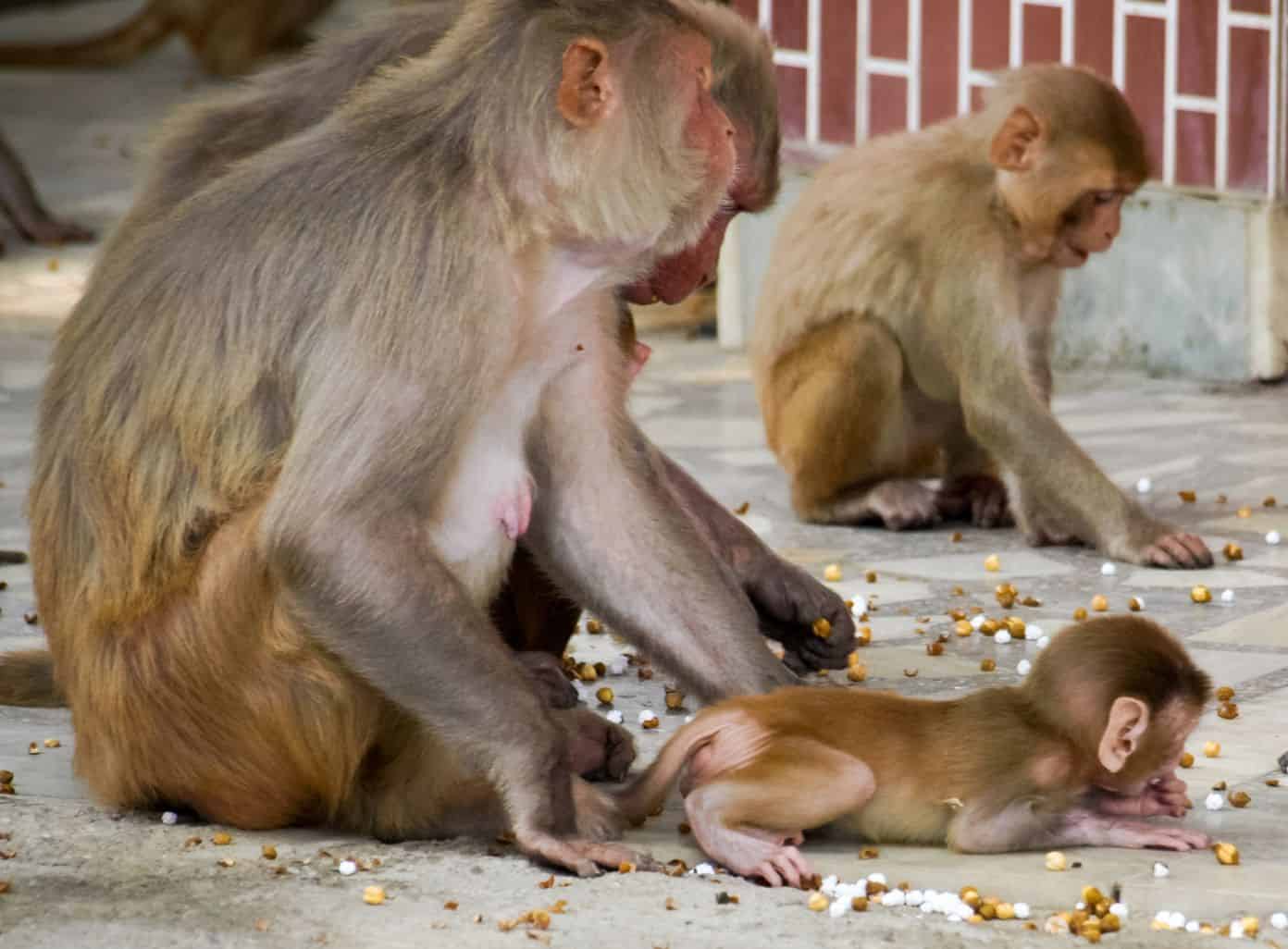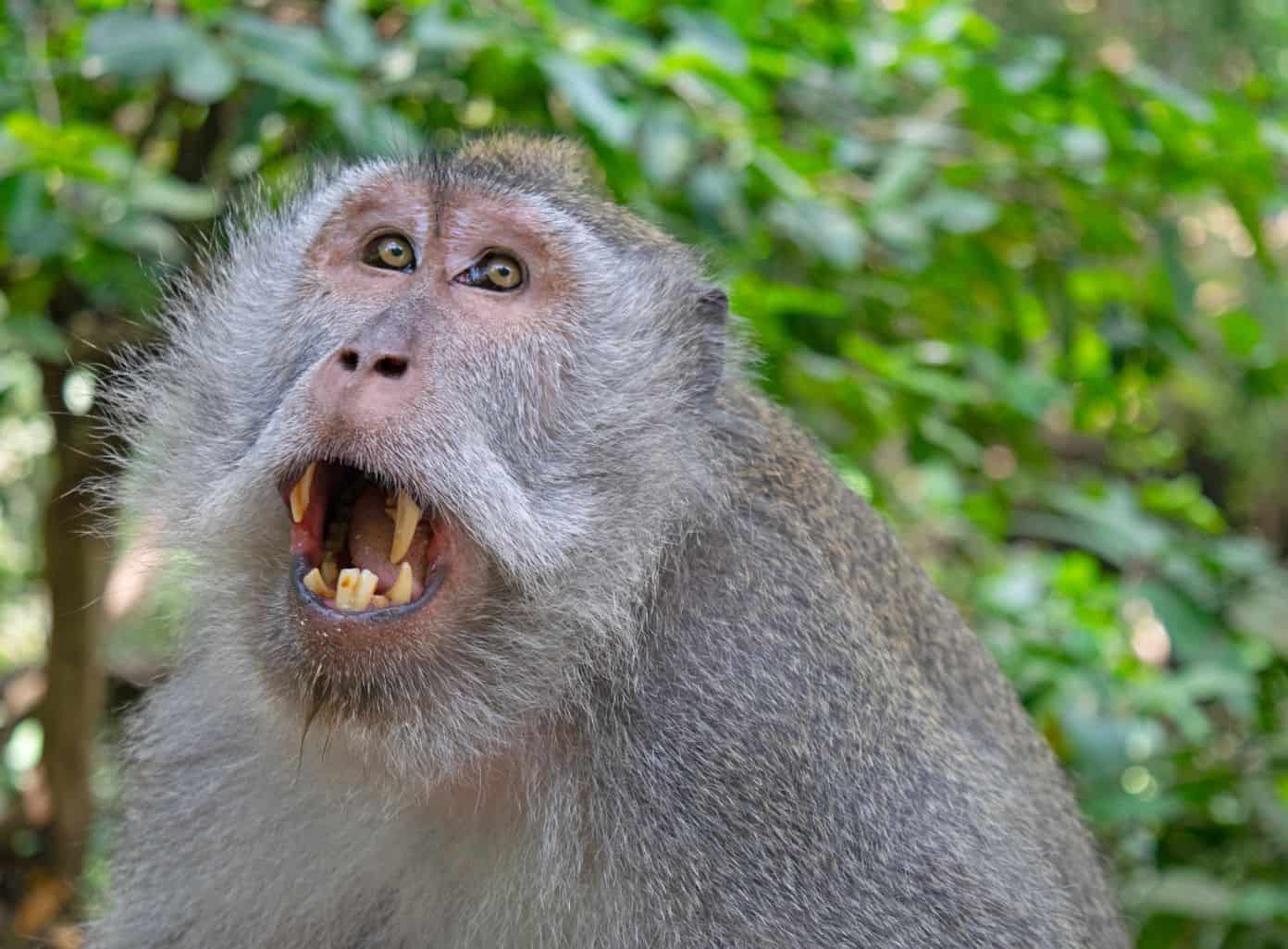Located in the heart of Thailand, the Monkey Temple holds immense significance in local culture and spirituality. This breathtaking place is not just another tourist attraction, but a symbol of historical richness and religious devotion. Let’s delve into the intriguing world of the Monkey Temple to understand its deep-rooted past and the charm it exudes even today.
Understanding the Significance of the Monkey Temple

The Monkey Temple, also known as Wat Sun Doi Suthep, is a revered site of Buddhist worship. Its significance lies not only in its architectural splendor but also in the spiritual importance of monkeys in Thai culture. To truly appreciate the essence of this place, one must first explore its historical background and the role monkeys play in Thai beliefs and traditions.
The Historical Background of the Monkey Temple
The Monkey Temple dates back to the 14th century, when it was built atop Doi Suthep’s mountaintop. Legend has it that a sacred relic, said to be a piece of Buddha’s shoulder bone, was stowed on the back of a white elephant that ascended the mountain to choose the temple’s location. This mystical event marked the birth of the Monkey Temple, making it an essential pilgrimage site for Buddhists.
As you walk through the temple’s ancient halls, you can’t help but feel the weight of history surrounding you. The intricate carvings on the walls tell stories of the temple’s past, depicting scenes of devotion and enlightenment. Each detail is a testament to the craftsmanship and dedication of the artisans who built this sacred place.
Outside, the temple’s architecture is a marvel to behold. The golden spires reach towards the heavens, reflecting the sunlight and casting a warm glow over the surrounding landscape. The temple’s location on the mountaintop offers breathtaking panoramic views of Chiang Mai, a sight that leaves visitors in awe of the natural beauty that surrounds the Monkey Temple.
The Spiritual Importance of Monkeys in Thai Culture
In Thai culture, monkeys hold a special place as holy creatures associated with Hanuman, the monkey god. Hanuman, a symbol of strength and loyalty, is revered for his valor and devotion. Monkeys are believed to embody these qualities, with their presence at the temple symbolizing their role as protectors and guardians of the sacred space.
As you explore the temple grounds, you may come across a troop of monkeys, playfully swinging from tree to tree. These mischievous creatures are not mere spectators but active participants in the temple’s spiritual life. It is said that their presence brings good fortune and blessings to those who visit the Monkey Temple.
Observing the monkeys in their natural habitat, you can’t help but marvel at their agility and intelligence. They move with grace and precision, their nimble fingers effortlessly plucking fruits from the trees. It is believed that by observing the monkeys’ behavior, one can learn valuable lessons about adaptability and resourcefulness.
As you make your way through the temple, you may also notice small shrines dedicated to Hanuman. Devotees leave offerings of fruits and flowers, seeking the monkey god’s blessings for protection and guidance. These shrines serve as a reminder of the deep spiritual connection between monkeys and the Monkey Temple.
So, next time you visit the Monkey Temple, take a moment to appreciate not only its architectural beauty but also the rich history and spiritual significance that surrounds it. As you immerse yourself in the tranquil atmosphere, let the monkeys guide you on a journey of self-discovery and enlightenment.
A Detailed Tour of the Monkey Temple
As visitors ascend the steep staircase leading up to the Monkey Temple, they are greeted by an awe-inspiring blend of architectural marvels and natural beauty. Here, one can marvel at the intricate design elements that adorn the structure, as well as the breathtaking panoramic views it offers of the surrounding landscape.
Architectural Highlights of the Temple
The Monkey Temple boasts a blend of Lanna and Sri Lankan architectural styles, resulting in a unique fusion of design elements. From the golden chedi adorned with intricate carvings to the beautifully painted murals depicting Buddhist tales, every corner of the temple is a homage to craftsmanship and reverence.
The Monkey Inhabitants: A Unique Feature
What sets the Monkey Temple apart from other sacred sites is its natural inhabitants – monkeys. As visitors explore the temple grounds, they are likely to encounter mischievous monkeys swinging from tree branches, playfully interacting with each other, and occasionally stealing the attention of tourists with their antics. These monkeys are not only an attraction but also a representation of the bond between humans and nature.
The Rituals and Ceremonies at the Monkey Temple
At the Monkey Temple, one can witness various rituals and ceremonies performed by the resident monks, providing a glimpse into the daily routines and spiritual practices that unfold within its walls.
Daily Rituals Performed by Monks
Every day, the resident monks engage in a rhythmic routine, performing ceremonies that include chanting sacred verses and offering prayers. These rituals create an atmosphere of tranquility and devotion, inviting visitors to partake in the spiritual energy that permeates the temple.
Annual Festivals and Celebrations
Throughout the year, the Monkey Temple comes alive with vibrant festivals and celebrations that attract visitors from near and far. These events offer an opportunity to witness traditional dances, music performances, and large processions in honor of significant Buddhist occasions, adding a festive touch to the temple’s serene ambiance.
Practical Information for Visitors
For those planning a visit to the Monkey Temple, it’s essential to keep some practical tips in mind to ensure an enjoyable and respectful experience.
Best Time to Visit the Monkey Temple
The Monkey Temple experiences a pleasant climate all year round; however, the best time to visit is during the cooler months of November to February. During this period, the weather is mild, making it ideal for exploring the temple grounds without the discomfort of extreme heat or rains.
Tips for Interacting with the Monkeys
While the monkeys at the Monkey Temple are undoubtedly fascinating to observe, it’s crucial to interact with them responsibly and respectfully. Avoid feeding them with human food, as it can be detrimental to their health. Additionally, maintain a safe distance and refrain from touching or provoking them to ensure everyone’s safety.
Preserving the Monkey Temple: Conservation Efforts
Preservation and conservation efforts play a vital role in safeguarding the Monkey Temple and its surroundings for future generations to cherish.
Role of Local Community in Conservation
The local community, recognizing the temple’s cultural and environmental significance, actively participates in conservation initiatives. They work alongside authorities to maintain the site’s cleanliness, protect its ecosystem, and educate visitors about the importance of preservation.
How Tourists Can Contribute to Conservation Efforts
As visitors, we can also contribute to the conservation of the Monkey Temple by being mindful of our actions. This includes following designated paths, refraining from littering, and respecting the rules and regulations put in place to protect the site. By doing so, we play an essential role in ensuring the temple’s longevity as a cherished heritage site.
Exploring the Monkey Temple in Thailand is far more than a sightseeing adventure – it’s an opportunity to connect with history, spirituality, and nature. As we stand amidst the architectural wonders, surrounded by mischievous monkeys, we can’t help but feel the awe-inspiring presence of centuries-old traditions. So, plan your visit, immerse yourself in the enchantment of the Monkey Temple, and create memories that will last a lifetime.

